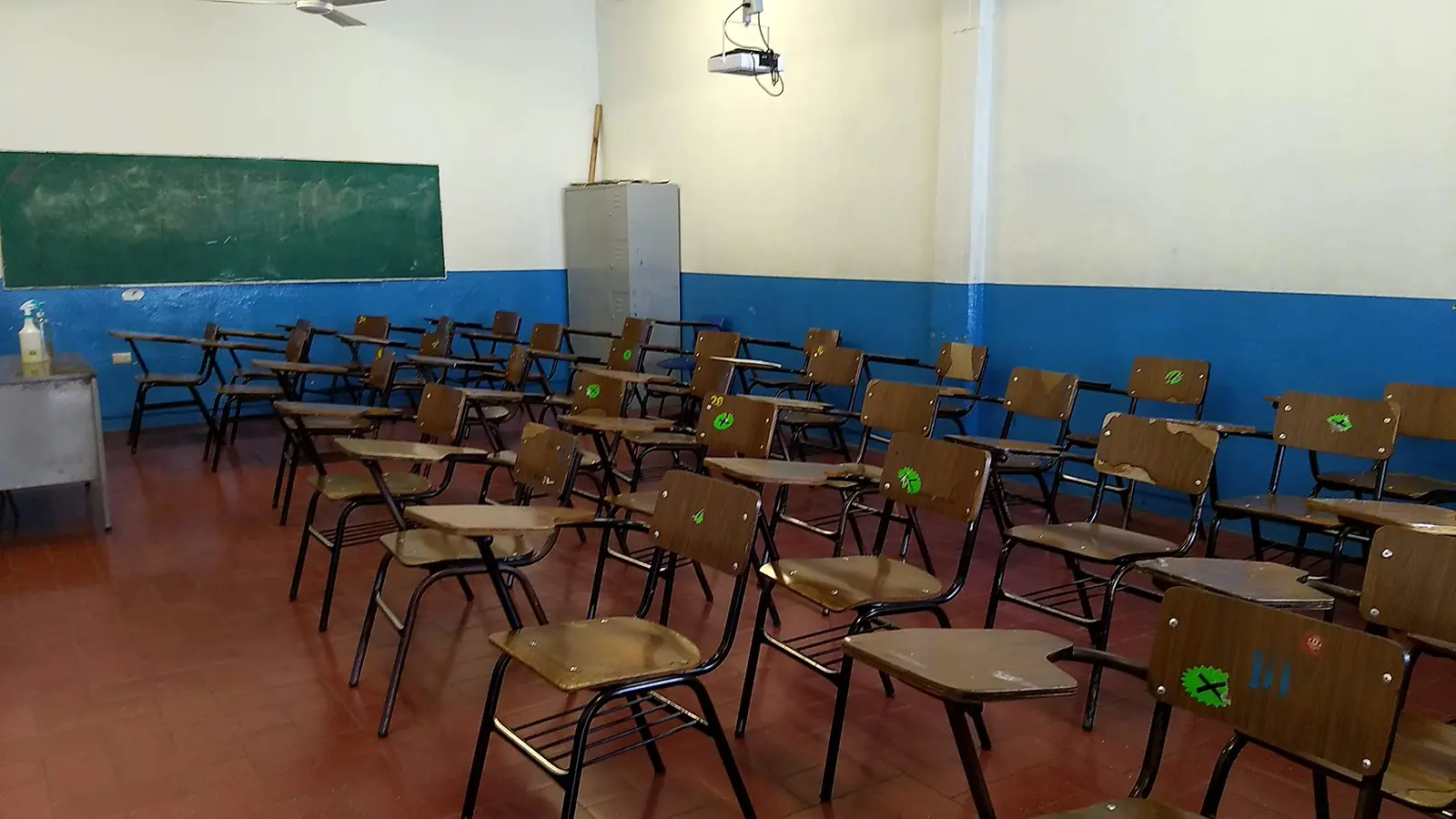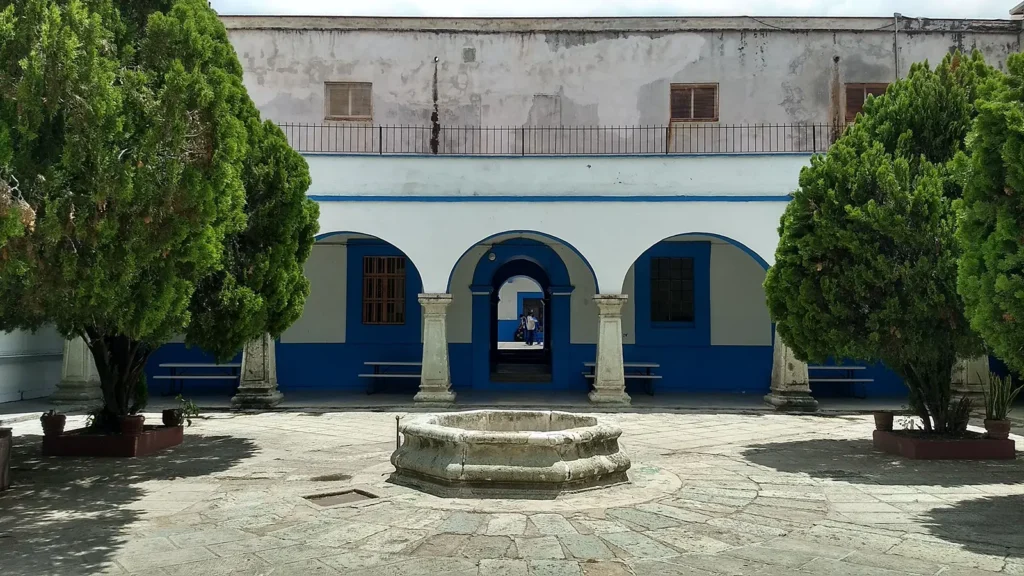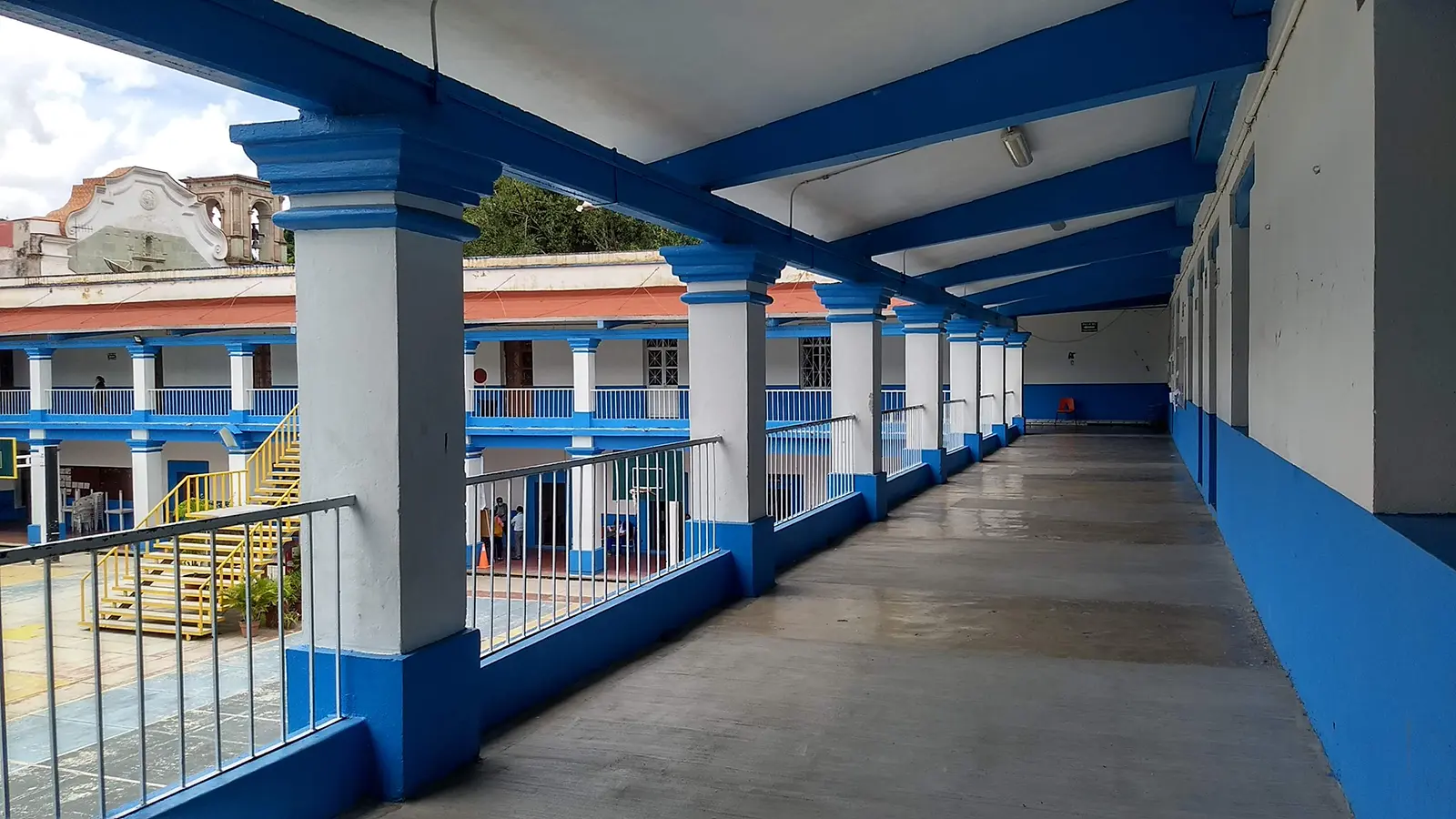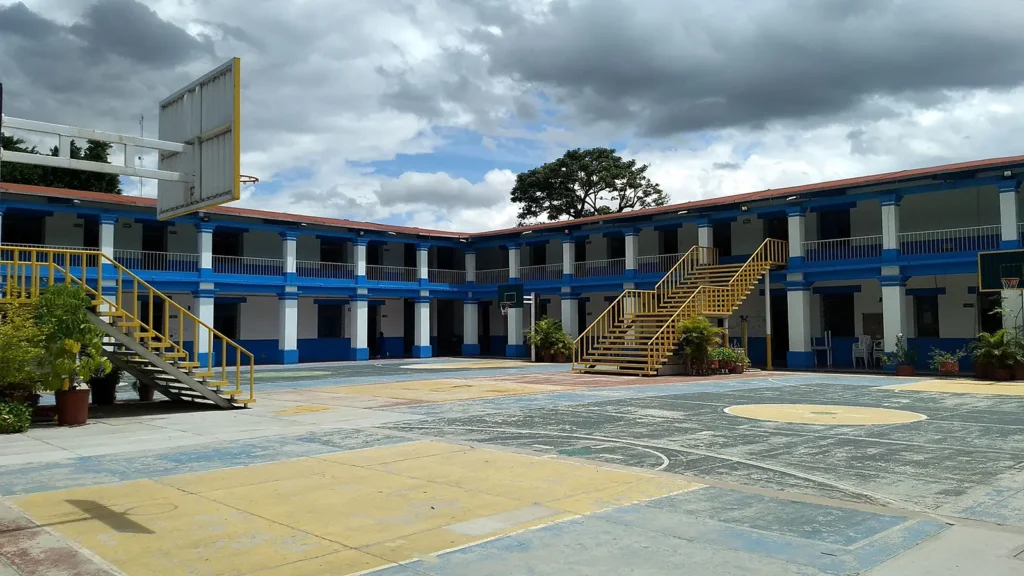Moisés Sáenz Garza" Secondary School
The “Moisés Sáenz Garza” High School is located in the Historic Center of Oaxaca de Juárez. It is colloquially known as the “Llano School” because the Llano Park is located in front of its doors.
The building where our meeting will take place was built by the mendicant order of the Bethlehemites, which disappeared in the 19th century, but left its mark in the monumental architecture and in the beautiful decorations alluding to the order.
This building has been used for various activities, convent, leper colony, hospital and barracks during the time of the War of Independence.
The school has a privileged location and hundreds of students from downtown and the outskirts of the city attend classes in its classrooms.
Oaxaca
Oaxaca is a state in the southeast of the Mexican Republic that for hundreds of years has maintained a constant struggle to preserve its languages, its forms of communal organization, its customs and its culture.
Oaxaca gathers important historical and cultural traces that reflect a rich mosaic of nature and traditions in its 8 regions.
The city of Oaxaca, capital of the state with the same name, is a world heritage site also known as “Verde Antequera” for its magnificent colonial-style green quarry buildings. This city is a melting pot where countless cultures from all over the state converge. Its people are noble, hardworking and hospitable.
This city is full of customs, festivals, music, crafts, markets, museums, galleries, urban art, colorful neighborhoods and a high culinary tradition (Intangible Heritage of Humanity).
Communal life is based on the following 4 elements:
- Work: Tequio and assembly.
- Territory
- Party
- Cooperation
Oaxaca has also been the epicenter of different social struggles, such as the struggle of the democratic teachers of Section 22 who, above all, seek emancipation from the colonial discourses and practices to which our native peoples have been subjected, which is why our society remains in a constant praxis of resistance.
The alternative education of the Magisterio is embodied in the PTEO (Plan for the Transformation of Education in Oaxaca), a project that seeks the liberation of students through the practice of critical pedagogy, aimed at raising awareness to transform the status quo.
The alternative and popular education project is based on the legacy of the Mexican Rural School, the Critical Theory, Freire’s Liberating Pedagogy, Freinet’s pedagogy, as well as the concepts and practices of communality, among others.
Oaxaca, “For an educating city”, opens its doors to the XXXV RIDEF 2024 where everyone is invited to this educational Tequio.
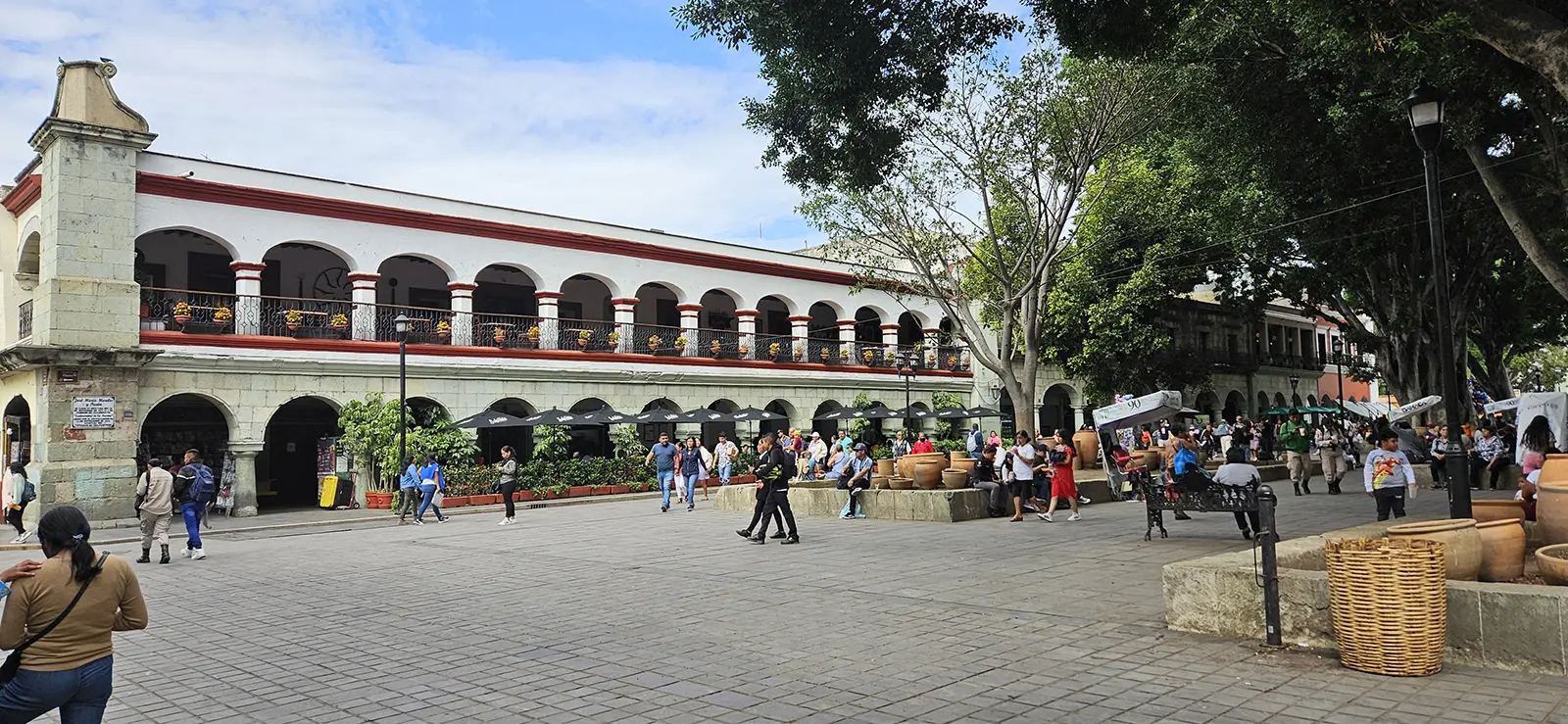
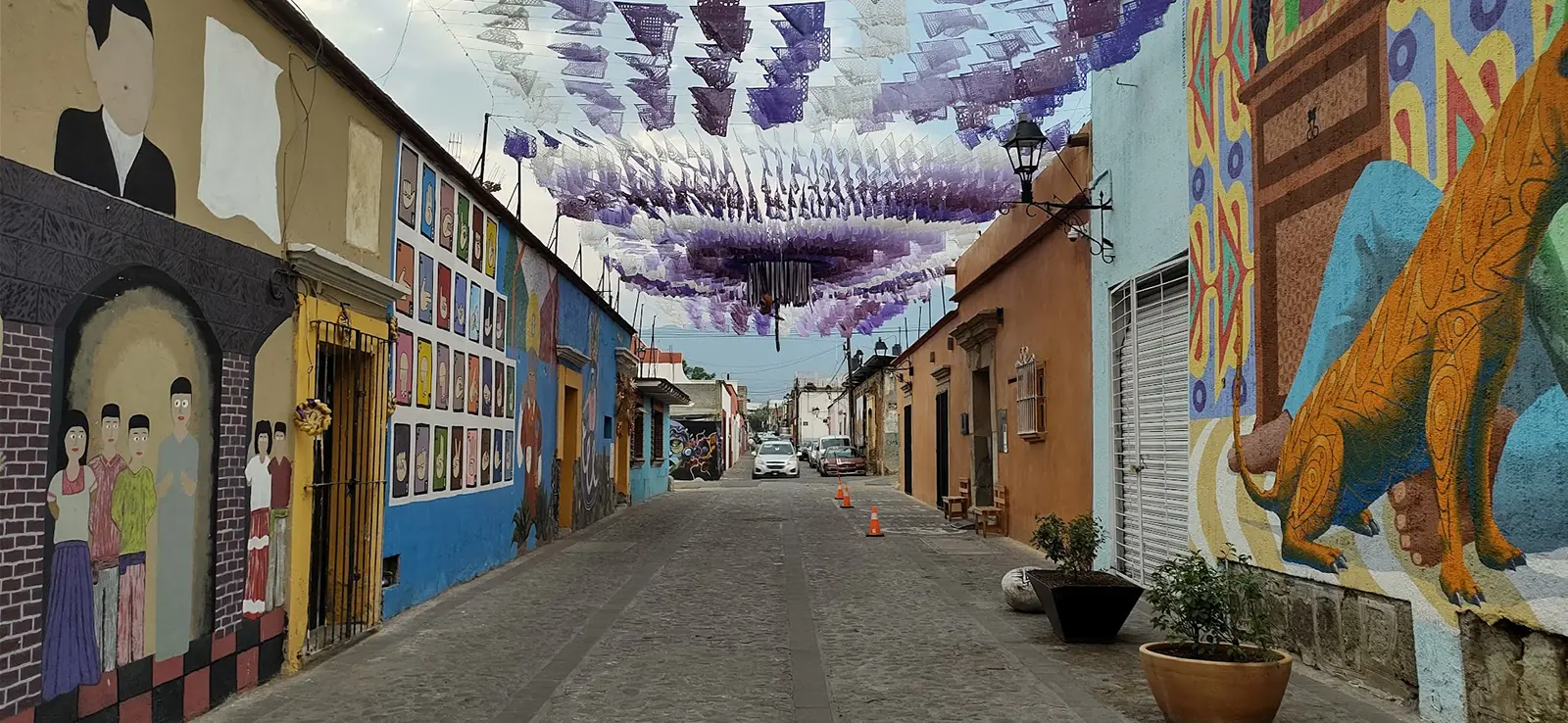
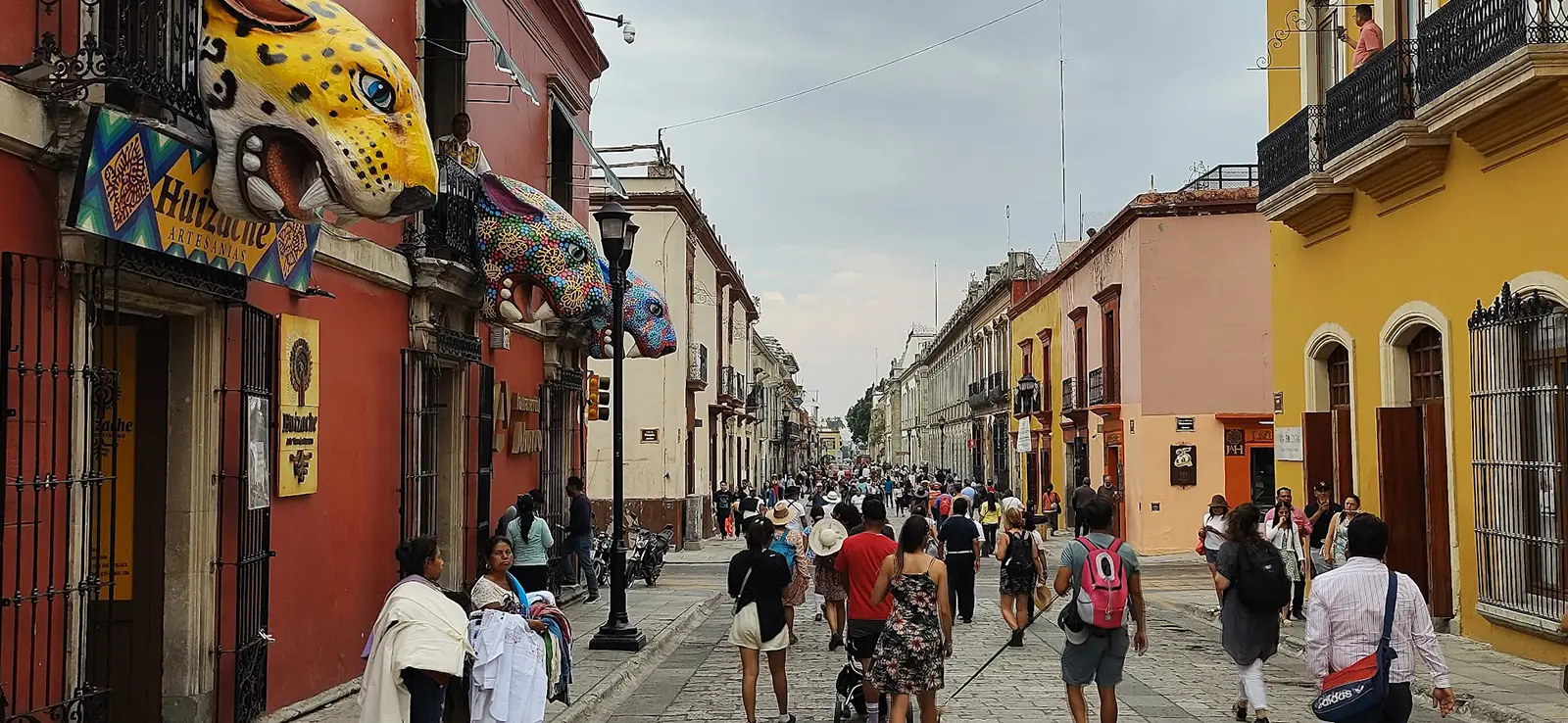
Vanguardia de Tamazulapam Rural Teacher Training School
Recovering the initiative of the Open Day which was organized in Nantes, France 2010the RIDEF of Oaxaca-Mexico proposes a day of meeting with the Vanguardia de Tamazulapam Rural Teacher Training SchoolThe purpose of the school for the formation of teachers is to share the project of the rural teacher training colleges in permanent resistance against neoliberal policies that seek to prepare educators at the service of the people.
The work program for that day will be organized with the Federation of Socialist Peasant Students of Mexico (FECSM), so that they can share with RIDEF participants the self-training strategies they follow, as well as their work program, aimed at training teachers who are aware of the reality of life in peasant communities.
For this, we will move from the city of Oaxaca, headquarters of RIDEF, to the Normal Rural Vanguardia de Tamazulapan where we will carry out activities to learn about this school through its artistic expressions, murals, its planting site, and its historical walk.
